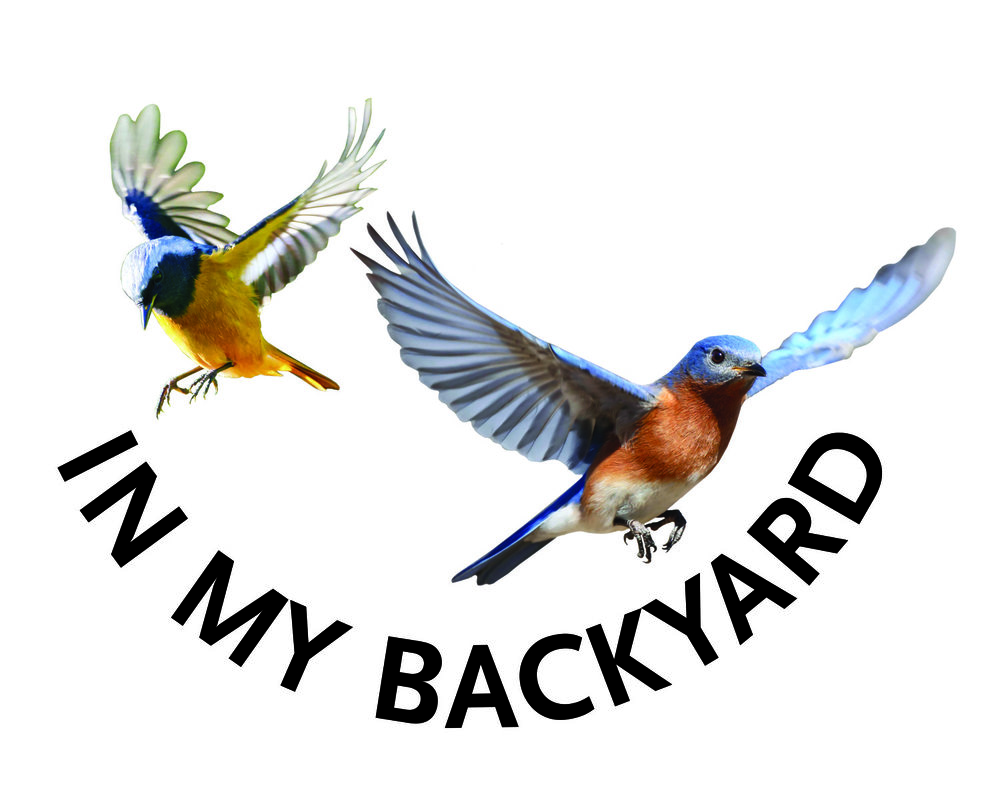On Sunday, March 11, I was thrilled to see Eastern Bluebirds visiting my yard. There were at least 6 in the yard at any given time and they stayed all day. They were mainly eating suet from the suet feeders even though there were mealworms in the other feeders. When they were not at the feeders they were sitting on branches or walking around the yard.
The Eastern Bluebird is a thrush larger than a Sparrow but smaller than Robin. The male is a bright blue with a reddish breast and throat. The female is a grayish with blue wings and a light orange-brown breast.
They live in meadows and opening surrounded by trees. They like open spaces. They are cavity nesters and live in holes trees and have taken to using nesting boxes. The male attracts the female by carrying materials in and out of the nest hole and perching and fluttering their wings. The female builds the nest. The nest is made of grass, pine needles, fur, and twigs. The Eastern Blackbird's eggs are usually blue but occasionally white.
The Eastern Bluebird eats insects-caterpillars, beetles, crickets, grasshoppers, and spiders. In fall and winter when insects are not available, they eat fruit and berries- blueberries, dogwood berries, juniper berries, mistletoe berries. At feeders, they eat mealworms, fruit, egg shells, shelled sunflower seeds and suet. It has also been documented that they eat salamanders, shews, snakes, lizards, and tree frogs.
The Eastern Bluebird population increased from 1966 to 2015. The increase is a result of the establishment of Bluebird trails in the 1960's/ 1970's. The global population is about 22 million with 86% of the population in the US.














